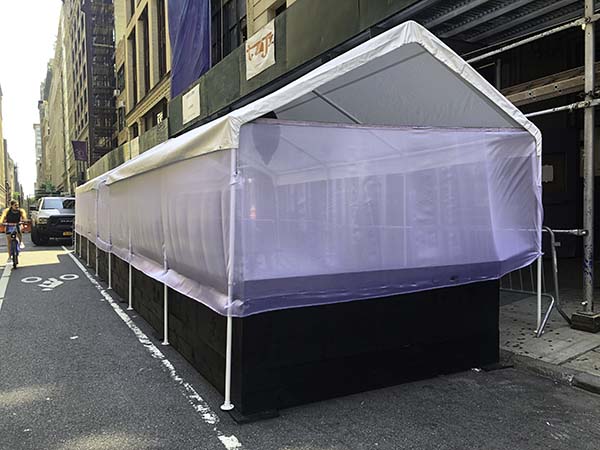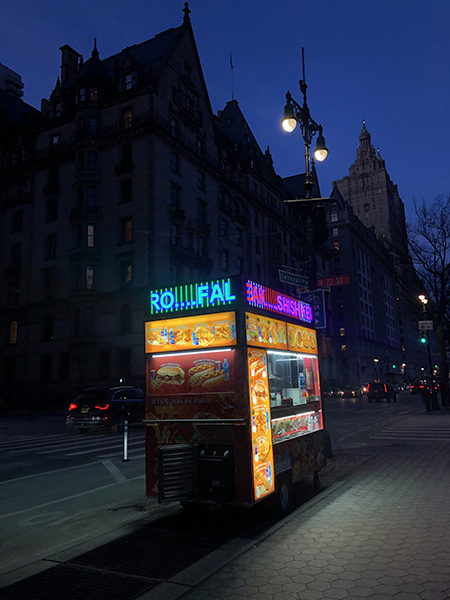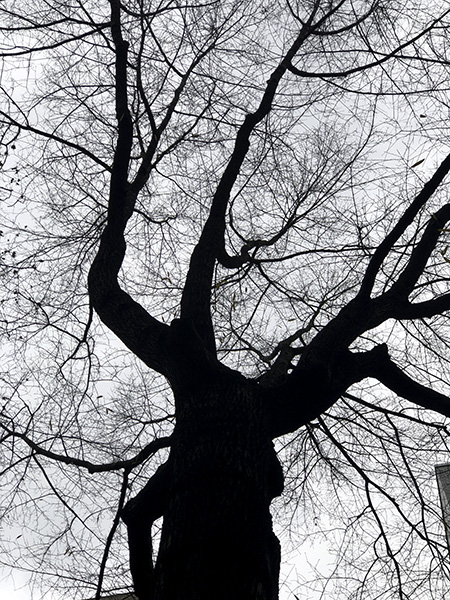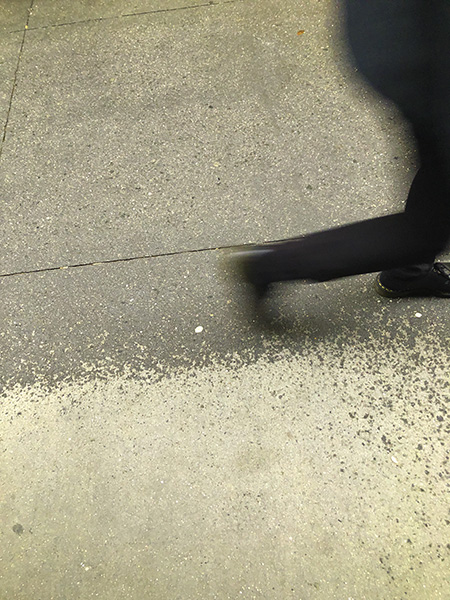What is the Economy Telling Us About How to License Art?
It’s been a slow and sluggish three years since the retail disaster of the 2008 Christmas buying season, when retail sales declined precipitously, retailers were stuck with inventory they couldn’t sell and in most cases couldn’t return, and their suppliers – our art licensees – faced reduced demand, shrinking consumer confidence, and general confusion about what to do going forward.
The crisis on Wall Street toward the end of 2008 had been long in coming. When the housing bubble finally burst along with a major banking crisis, it came close to bringing down the American economy, and much of the world economy as well.
Moving Away From The Brink
The Wall Street bailout at the end of the Bush administration, followed by President Obama’s efforts to stabilize the banking and mortgage sectors, to save our gigantic auto industry, and to stimulate and reorient our economy toward growth, have all managed to move us away from the brink.
The result is that three years on, we’re seeing a significant rebound in the American consumer economy.
Unemployment is now steadily on the decline, consumers have more money in their pockets, and there’s a general feeling among economists that we’ve turned a corner and have entered a period of economic recovery.
Let’s hope it continues!
Why Christmas Sales Are So Important
Retail sales during the Christmas buying season were up a remarkable 5.5%, followed by an increase of about 4% in retail sales in January (who buys anything in January?) compared with the same month last year.
It’s as if consumers have said “enough is enough!” Consumer confidence has risen dramatically and that’s good news for all of us.
While it’s possible that the desire of government leaders in Europe and the UK to focus on cutting expenditures, laying off workers and paying down debt instead of stimulating growth may be taking their economies in the wrong direction, it’s too soon to know if those actions will hurt our fragile recovery in the United States.
What’s important over here is that consumers are buying again, there’s more confidence about the economy and sales are up to such an extent that producers and manufacturers are eager for new art that will help sell their products into a strengthening market.
Here Are The Numbers
In the early days of the Great Recession, art and brand licensing agencies were down anywhere from 30% to 50% in gross revenue, and in the last three years we’ve all struggled to hold on and find new growth areas that would see us through.
Now, however, all that has changed. My own company is up significantly in gross revenue for the first two months of this year compared with January and February of last year, and the growth we’re experiencing in advances against royalties indicates that we’ll have strong programs running in 4th quarter 2012 and on into 2013.
The future looks good, so long as our licensees can provide licensed art products that consumers want to buy. And that’s where those of us who create or market artwork to licensees come in.
Color Trends Are Changing Rapidly – Here’s What You Should Know
Figuring out what consumers will want to buy later in the year or in the following year has always been one of the major challenges in retail, but we do have some pretty clear indicators of what consumers want right now.
The answer is that after three years of doom and gloom, of layoff’s and uncertainties, consumers want color, color and more color. Bright colors, spring colors, saturated colors. Colors that will make them feel good, raise their mood, and brighten their homes and their lives.
They’re saying that they don’t want grays, dark tones, or somber hues. They want brightness and lightness and they’ll spend money to put that into their lives. It’s a whole new direction and the artists and art licensing agencies that can provide such art will do well in the recovery.
Boldness And Depth of Color Are Essential
At Porterfield’s, we’re emphasizing colors and formats that will work in a recovering retail economy. Check out the art of talented artists like Janet Stever, Tom Wood, Joseph Holodook, Bruce Michael, Carol Lawson, Bob Pettes and so many others on our site and you’ll see what I mean.
There’s a new boldness and depth of color that’s emerging, and it’s all designed to help manufacturers and retailers sell more product to consumers who are now ready to buy.
As we begin to move out of the Great Recession, it’s up to all of us to help our licensees build stronger product lines with compelling art and design. It’s really the only way for everyone to win, and help grow the recovery into something stable and profitable.
– – – – –
Lance J. Klass is the President of Porterfield’s Fine Art Licensing at www.porterfieldsfineart.com. Mr. Klass studied international economics and economic theory at the University of Chicago and the University of California, Davis, and has worked in the field of art licensing since 1985.
This article is (c) Lance J. Klass. All Rights Reserved. This article may not be reproduced with the expressed written permission of the author.
For information about copying all or part of this article, contact the author atart@porterfieldsfineart.com.
Be sure to check out our main site at www.porterfieldsfineart.com.
Follow and “Like” us on Facebook and join with us on Twitter for timely tweets on the subject of art and art licensing.
You may also wish to check out our Art and Licensing News site at www.artlicensing.org for daily updates of the latest in news and articles about art and art licensing.
A version of this article first appeared and was featured in the Surtex 2012 issue of Art Buyer, the British art licensing publication that’s distributed worldwide.
Comments: 4
















Care To Comment?